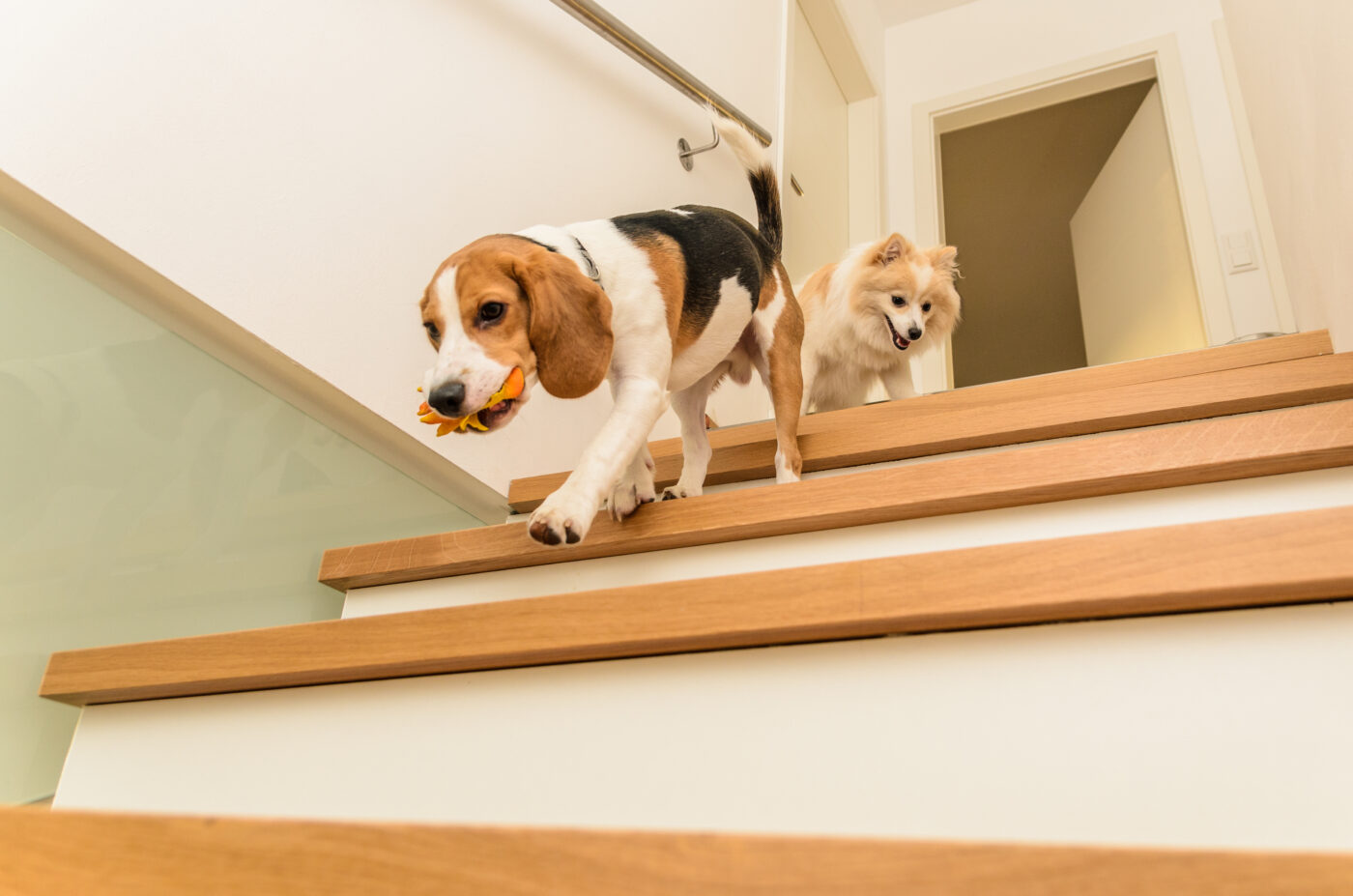 Shutterstock
Shutterstock
Some dogs navigate stairs effortlessly, while others hesitate, appear nervous, or refuse to tackle even a few steps. This fear can perplex dog owners, especially if their pets are otherwise confident and curious. While it’s tempting to think that dogs fear stairs simply due to physical discomfort or unfamiliarity, this behavior has several surprising reasons. Whether it’s a psychological issue, a lack of experience, or even a hidden health problem, understanding these factors can help pet owners better support their dogs in overcoming this fear.
Lack of Early Exposure
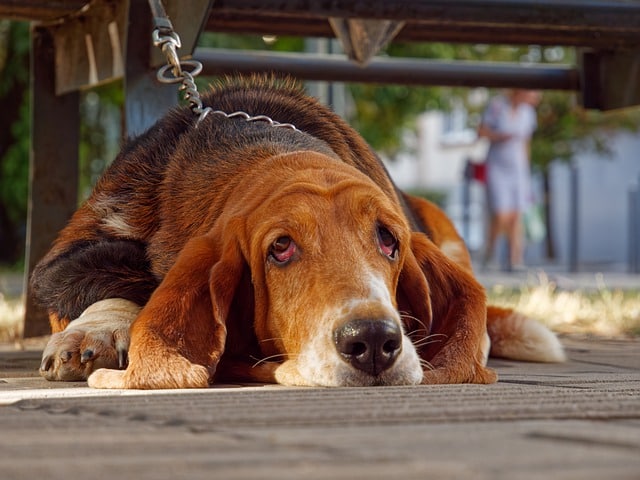 Shutterstock
Shutterstock
One of the most common reasons dogs fear stairs is a simple lack of early exposure. During a dog’s critical socialization period as a puppy, they need to experience a variety of environments, textures, and challenges to develop confidence. If a dog wasn’t introduced to stairs during this phase, they may find them intimidating later in life. Dogs raised in environments without stairs, such as apartments or single-level homes, may view them as unfamiliar and frightening when they finally encounter them. This lack of exposure can lead to anxiety or hesitation around stairs.
Negative Past Experiences
 Shutterstock
Shutterstock
Dogs, like humans, can develop fears based on negative past experiences. If a dog has previously fallen or slipped on stairs, they may develop a lasting fear of them. Even one frightening or painful incident can leave a lasting impression, causing the dog to associate stairs with danger. This experience may lead to hesitation or outright refusal to climb stairs. Dogs have strong memory associations, and once they connect stairs with discomfort or fear, it can be difficult to help them overcome this phobia without positive reinforcement and patience.
Fear of Heights
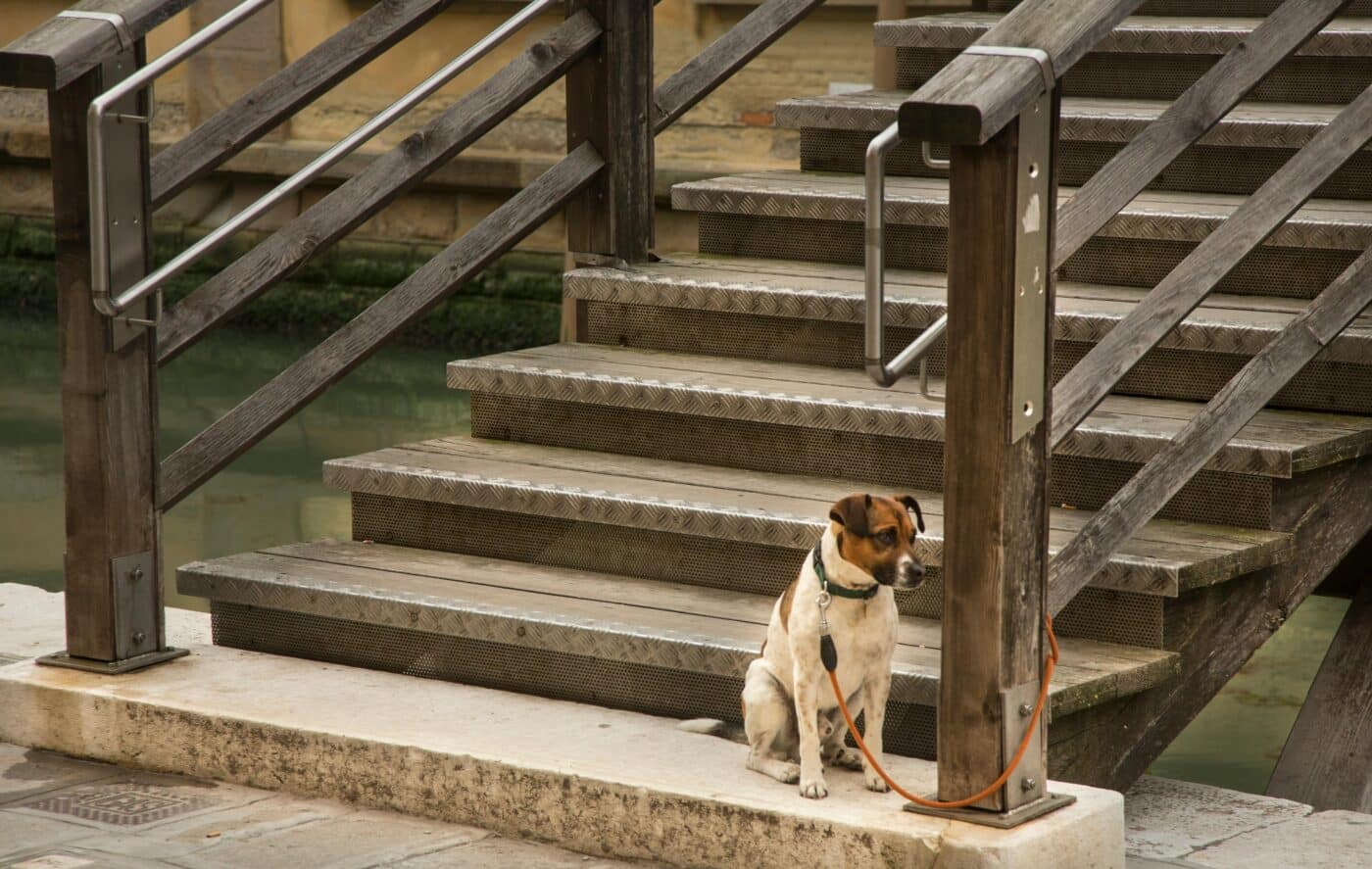 Shutterstock
Shutterstock
Some dogs naturally fear heights, and stairs can trigger this fear. Even though stairs don’t seem very high to us, a dog’s perspective is quite different, and the feeling of being elevated can be unsettling. As they climb higher, the drop-off on either side can create anxiety, particularly if the dog is nervous or lacks confidence. Dogs afraid of heights may hesitate at the top or middle of a staircase, unsure how to proceed or retreat. This fear can be especially pronounced in smaller breeds, who may feel more vulnerable to heights.
Age-Related Mobility Issues
 Shutterstock
Shutterstock
As dogs age, they may develop mobility issues that make stairs more difficult or painful to navigate. Conditions such as arthritis, hip dysplasia, or joint pain can cause discomfort, leading to a reluctance to go up or down stairs. Older dogs with declining physical abilities may avoid stairs entirely due to the strain they put on their joints. Even if the dog was comfortable with stairs earlier in life, age-related health problems can cause them to develop a fear or dislike of stairs later on. For senior dogs, avoiding stairs may be more about pain management than actual fear.
Slippery Surfaces
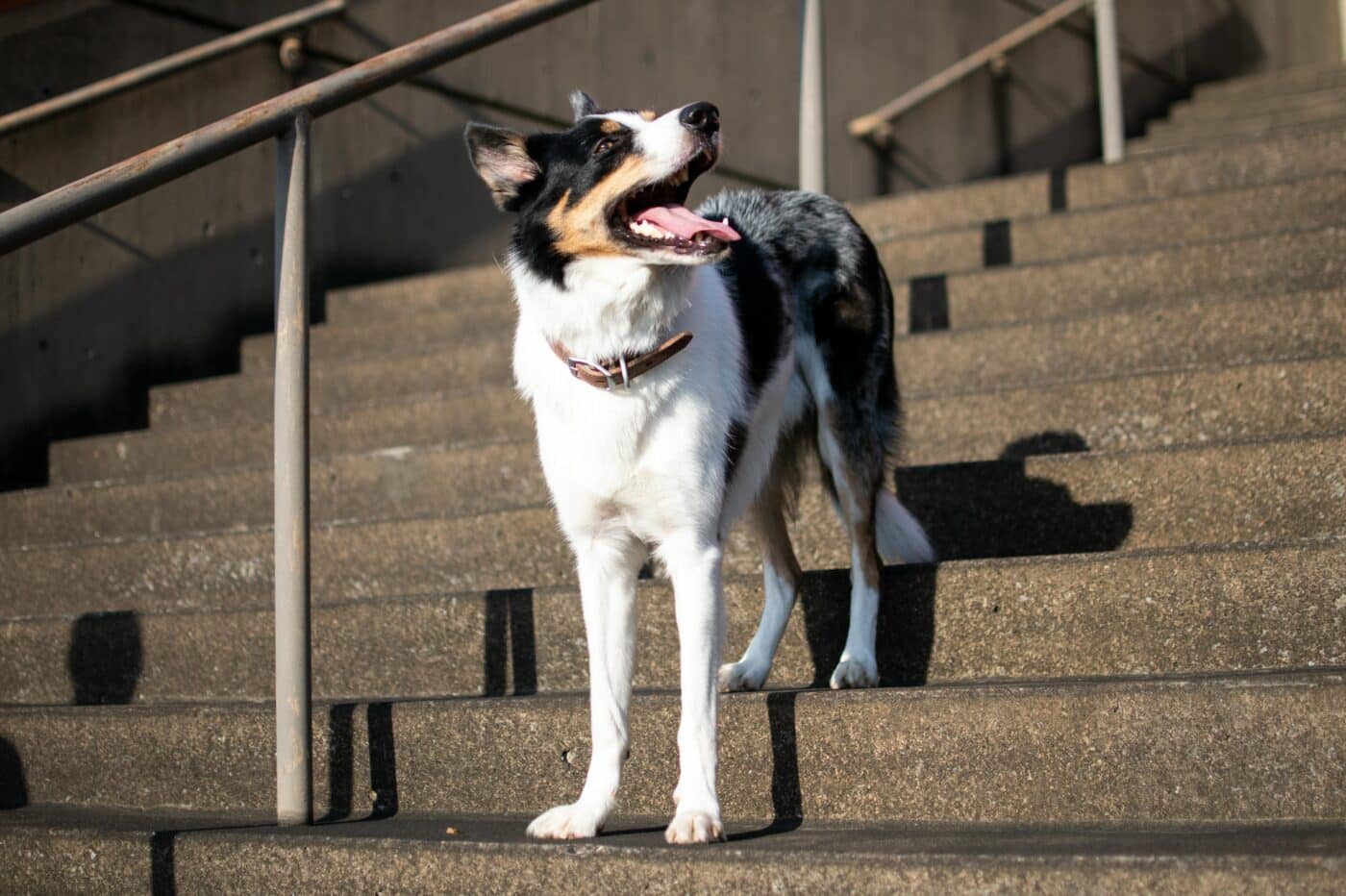 Shutterstock
Shutterstock
Dogs rely on their paws for traction; slippery surfaces like hardwood or tile stairs can make them feel insecure. If a dog loses traction on a smooth surface, they may feel unsteady, leading to anxiety about using stairs in the future. Dogs that slip or slide on stairs may develop a fear of repeating the experience, leading them to avoid stairs with similar textures. Adding carpet runners or non-slip mats to staircases can help reduce a dog’s anxiety and give them the confidence they need to climb safely.
Visual Impairments
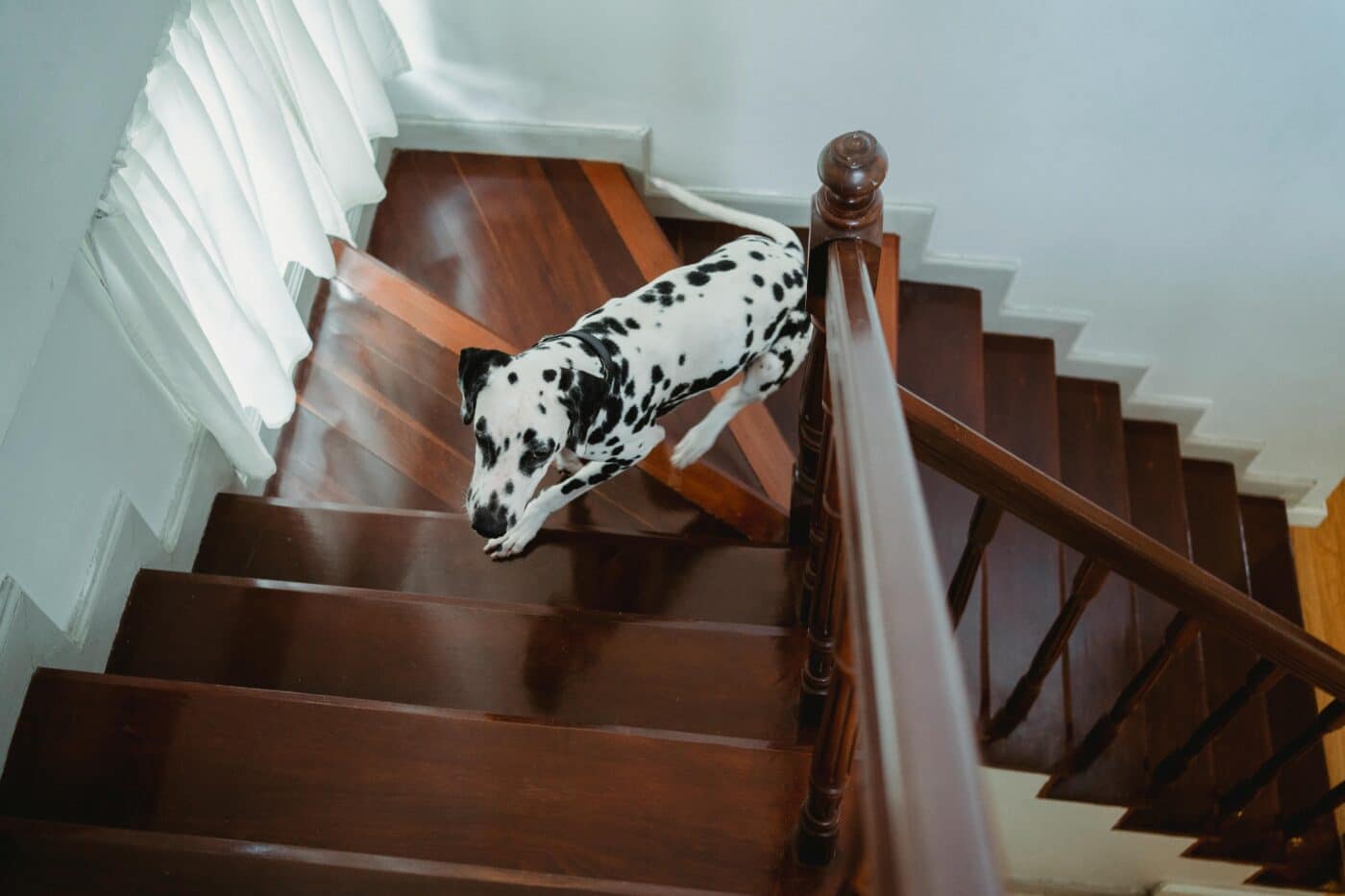 Shutterstock
Shutterstock
Dogs with visual impairments may struggle with stairs because they cannot clearly see the steps before them. Dogs rely heavily on their vision to navigate their environment, and stairs present a unique challenge for those with limited sight. Dogs with poor vision may hesitate or refuse to use stairs due to aging, congenital issues, or injuries because they cannot accurately judge depth or distance. For dogs with vision problems, this hesitation isn’t necessarily a fear of the stairs themselves but rather of falling due to their impaired ability to see where they are stepping.
Anxiety or Nervousness
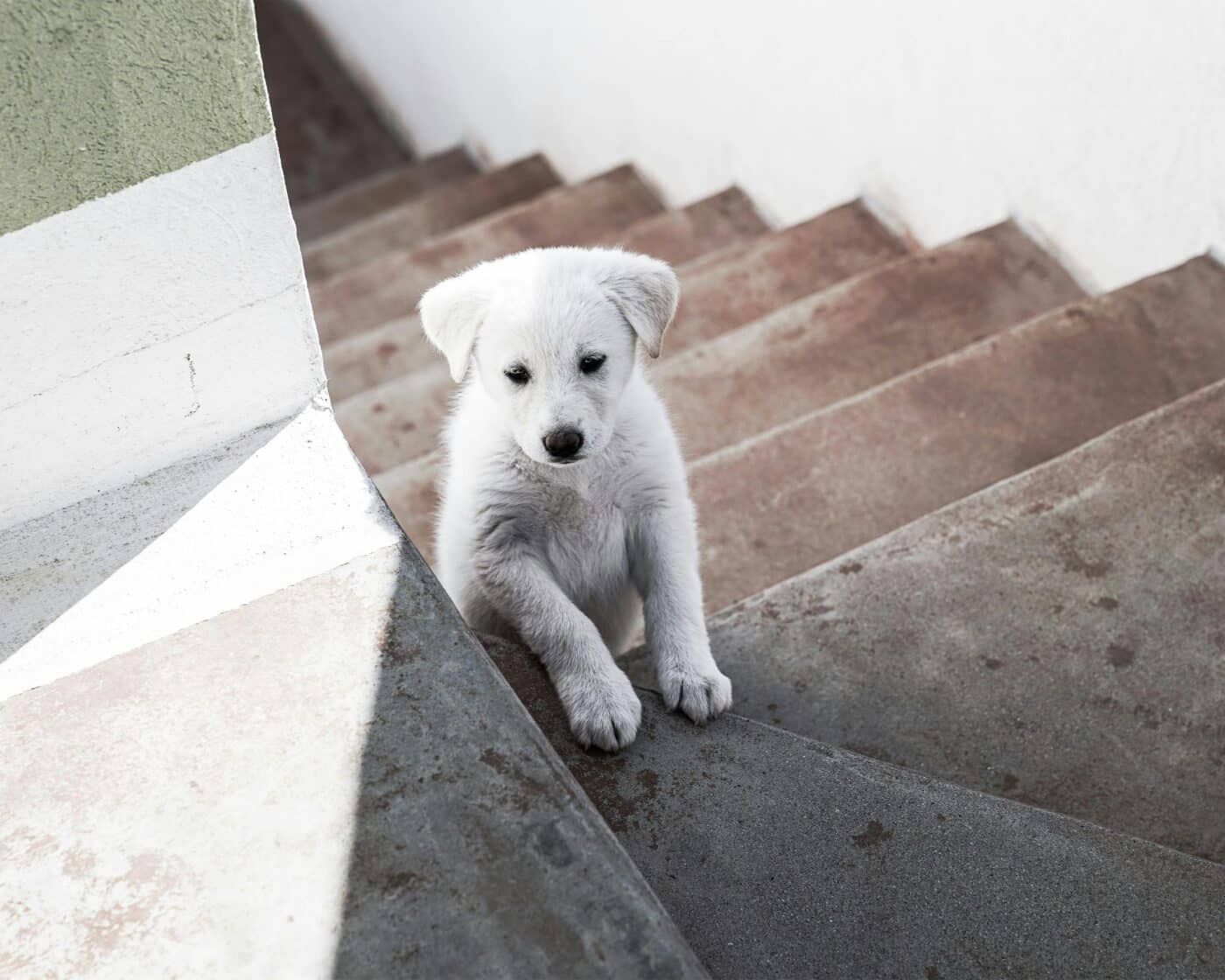 Shutterstock
Shutterstock
Some dogs are naturally more anxious or nervous, and stairs can be an overwhelming challenge for them. Dogs with general anxiety may find stairs to be one more stressor in an already anxiety-provoking environment. The steep incline, height, and potential for slipping all contribute to their sense of unease. Dogs with anxiety disorders may need extra encouragement and positive reinforcement to feel comfortable on stairs. In these cases, it’s not the stairs that cause fear but rather the dog’s predisposition to be anxious in new or challenging situations.
Vestibular Disease
 Shutterstock
Shutterstock
Vestibular disease affects a dog’s balance and can make navigating stairs difficult. This condition impacts the inner ear and can cause dizziness, loss of balance, and coordination problems. Dogs with vestibular issues may feel disoriented or unsteady, making stairs seem impossible. For these dogs, attempting stairs can cause them to wobble or fall, reinforcing their fear of stairs. Suppose a dog suddenly fears stairs and displays signs of dizziness or head tilting. In that case, a vet visit is recommended to rule out vestibular disease or other related issues.
Lack of Physical Coordination
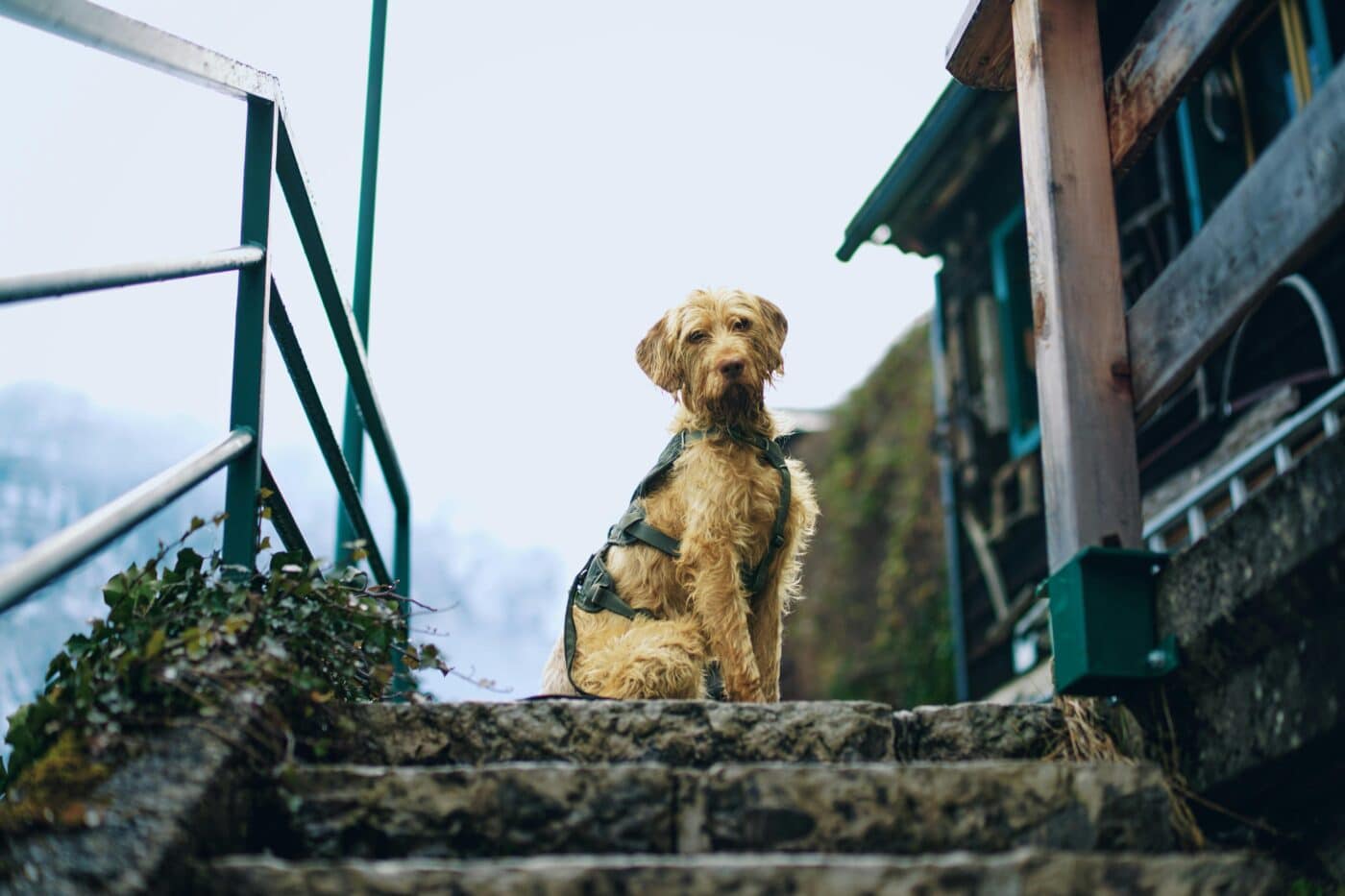 Shutterstock
Shutterstock
Some dogs, particularly puppies or giant breeds, may lack the coordination to navigate stairs comfortably. Puppies are still developing their motor skills, and giant breeds can be a bit clumsy due to their size. This lack of physical coordination can make stairs intimidating, especially if the dog has had trouble climbing or descending. Stairs may seem difficult or even dangerous for these dogs, leading them to avoid them altogether. Most dogs can improve their coordination and become more confident on stairs with practice and encouragement.
Fear of the Unknown
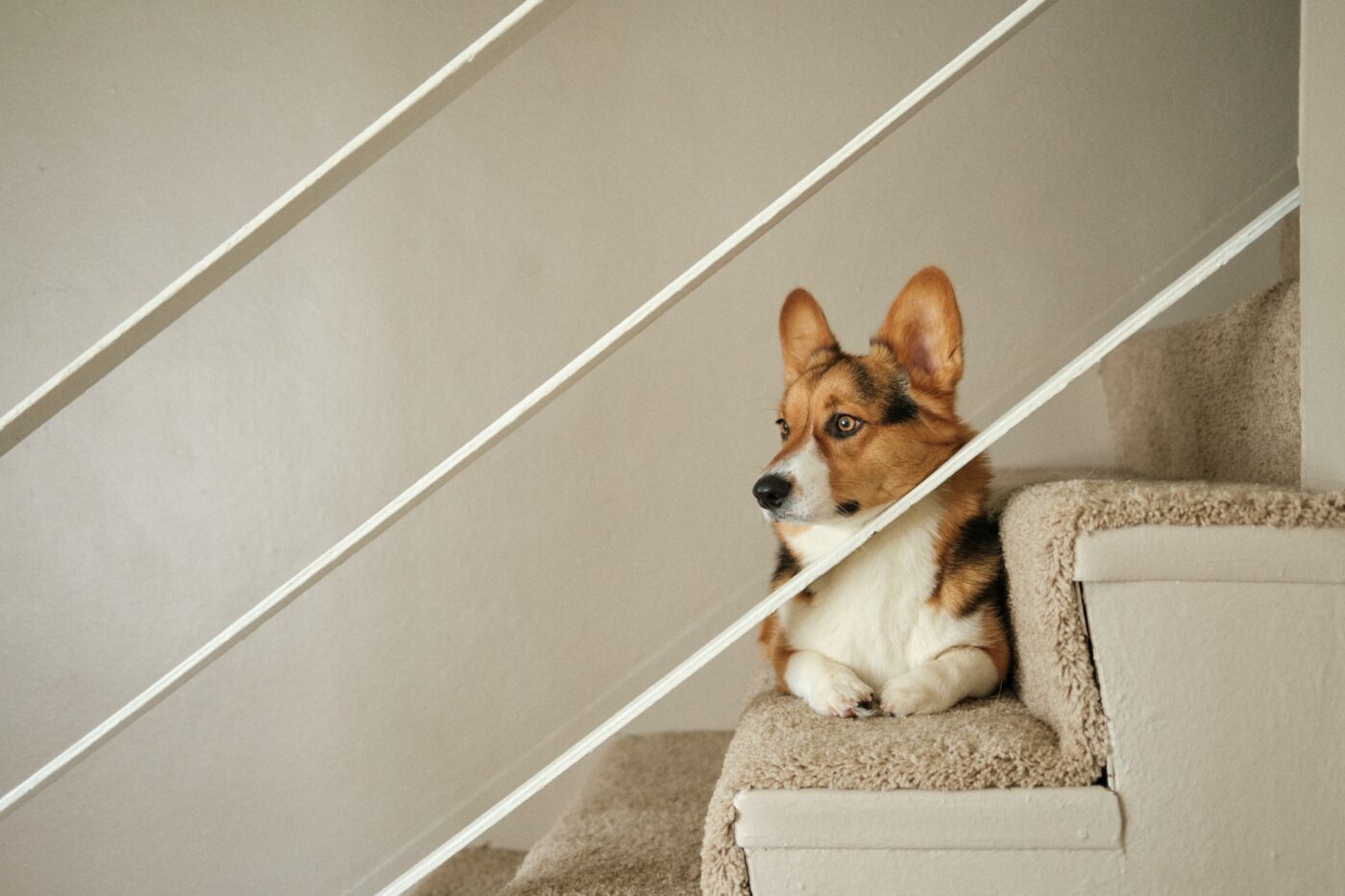 Shutterstock
Shutterstock
For many dogs, stairs represent an unknown challenge. Dogs are creatures of habit, and anything unfamiliar can be a source of fear or anxiety. Stairs may seem mysterious to a dog that has never encountered them, and their inability to predict what will happen as they climb can create fear. This is especially true for dogs generally cautious or fearful of new experiences. Gradual exposure to stairs and positive reinforcement can help alleviate their fear of the unknown and build their confidence over time.
Joint and Muscle Pain
 Shutterstock
Shutterstock
Even if a dog doesn’t have a specific condition like arthritis or hip dysplasia, they may still experience joint and muscle pain that makes stairs uncomfortable. Active dogs that engage in lots of physical activity may develop soreness in their muscles or joints, making stairs more painful than they are for a dog in peak condition. Dogs recovering from injuries or surgery may also avoid stairs due to pain or discomfort. For these dogs, fear of stairs is a natural response to avoiding further pain or strain on their bodies.
Previous Training or Lack of It
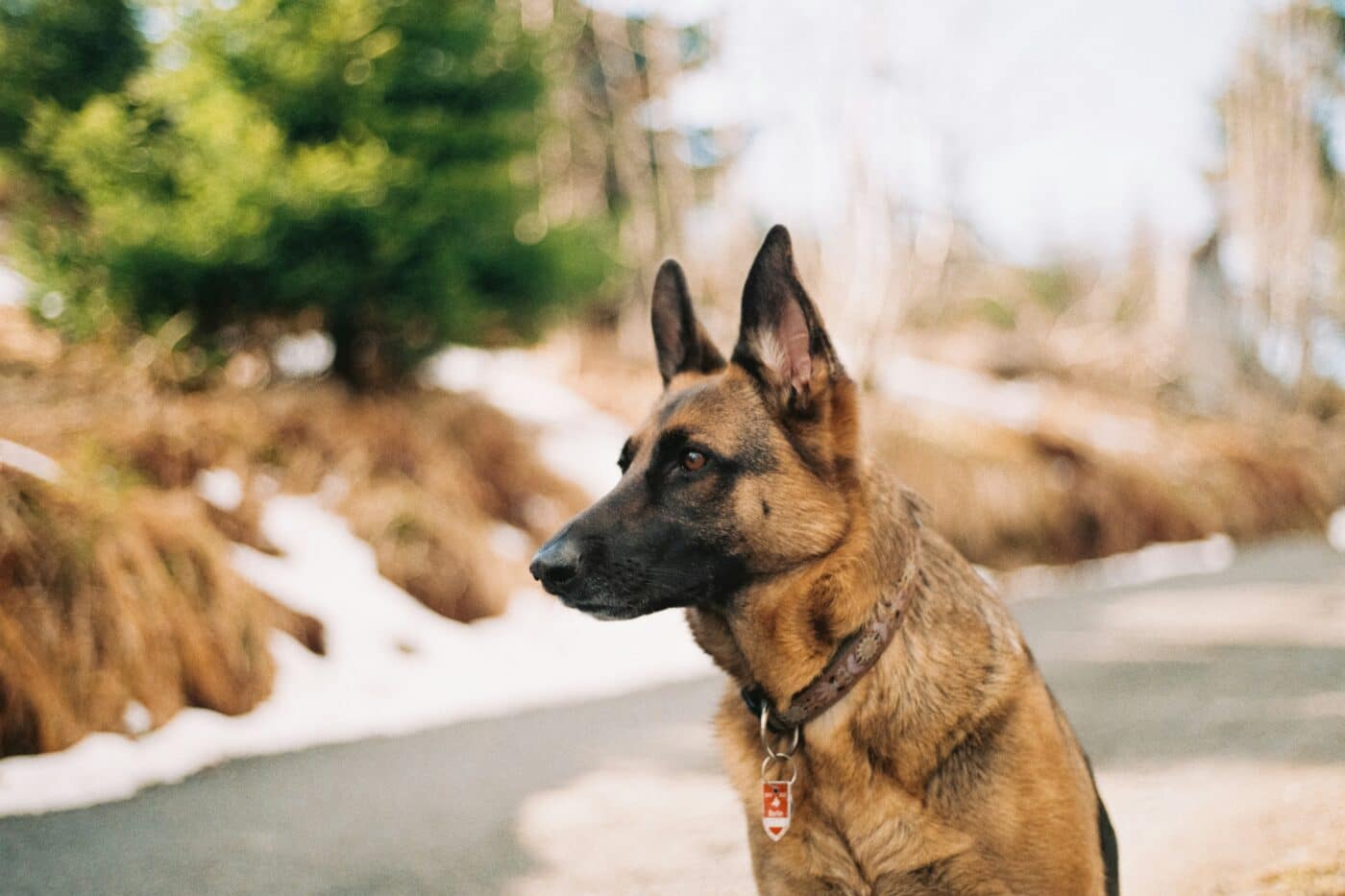 Shutterstock
Shutterstock
Sometimes, a dog’s fear of stairs may be linked to training—or lack thereof. If a dog was never properly introduced to stairs, they may not understand how to navigate them safely. Without the right guidance, stairs can seem confusing or dangerous. Conversely, if a dog was taught that stairs are off-limits, they may hesitate or avoid them out of obedience or fear of doing something wrong. Proper training can help dogs understand how to use stairs confidently and safely, eliminating the fear that comes from uncertainty or misguidance.
Overcoming the Fear of Stairs
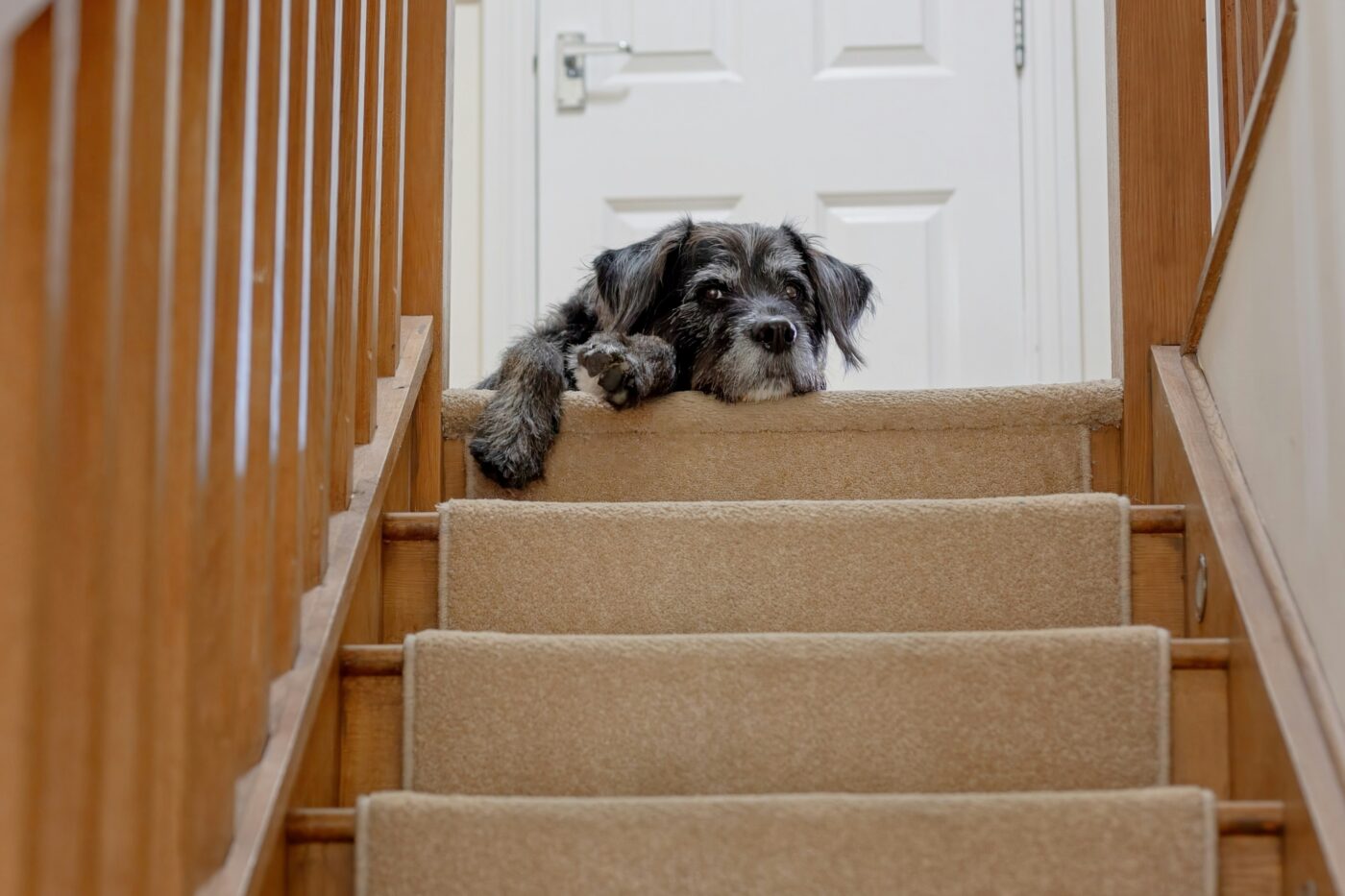 Shutterstock
Shutterstock
Understanding why some dogs fear stairs is the key to helping them overcome that fear. Whether it stems from a lack of exposure, physical discomfort, or anxiety, there are ways to make dogs feel more at ease. Gradual exposure, positive reinforcement, and non-slip surfaces can boost a dog’s confidence. Consulting a veterinarian can help manage pain or discomfort for those with medical issues. By identifying the root cause of the fear, pet owners can help their dogs navigate stairs confidently and easily.
 Toledo, United States.
Toledo, United States.
